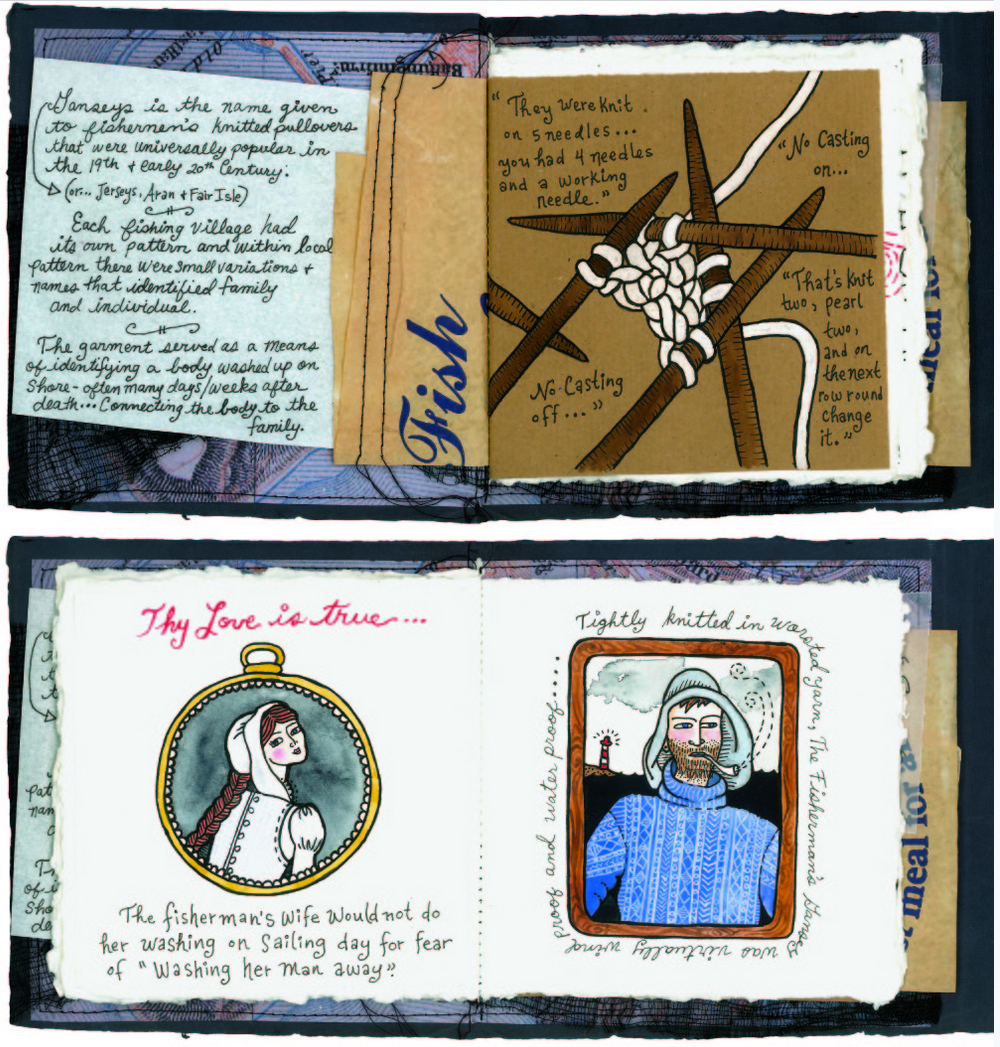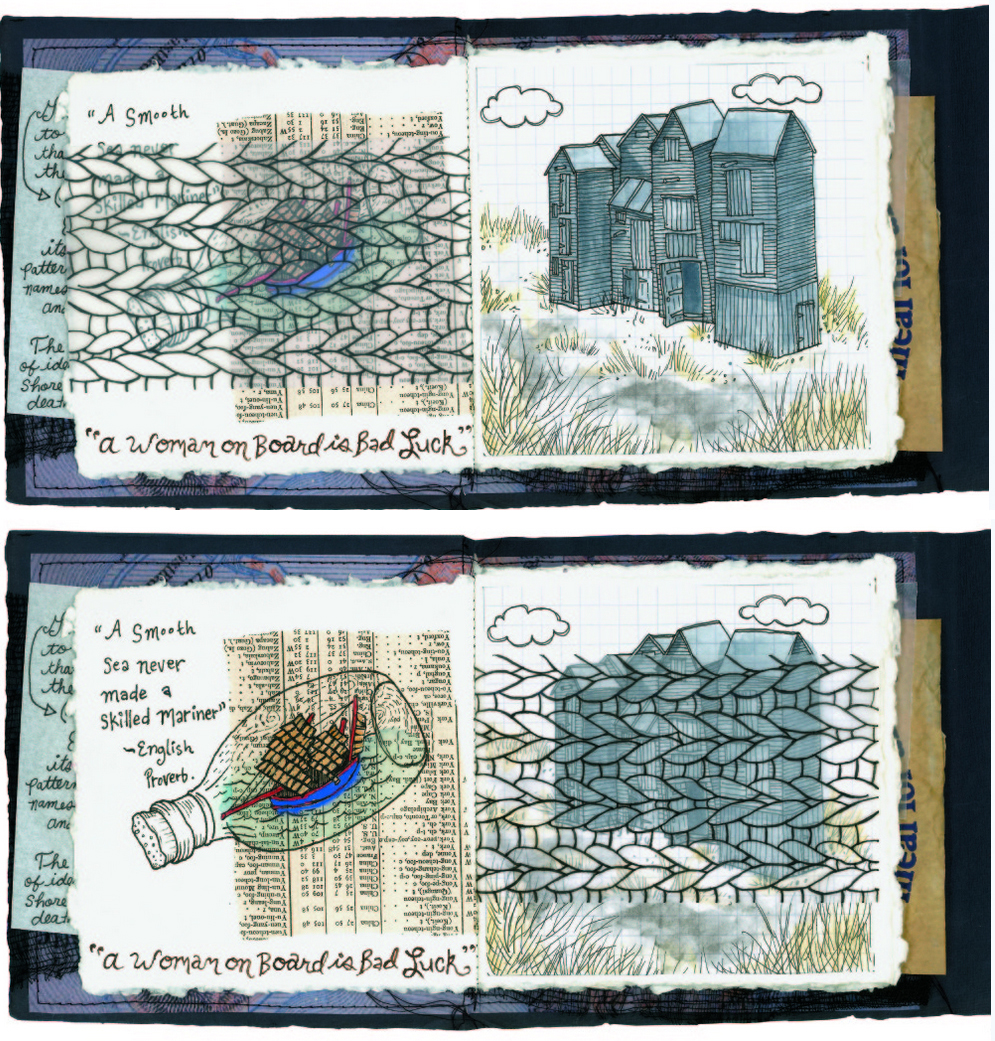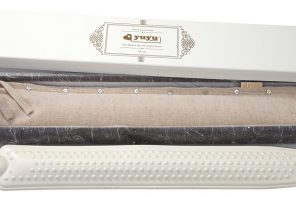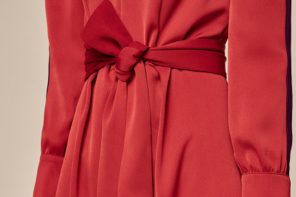
Our second post from guest blogger in residence Polly Leonard of Selvedge fame. This week Polly’s putting forward a strong arguement for textile heritage recognition…do I feel a campaign coming on?
What do Single Gloucester, Arbroath smokies and Whitstable oysters have in common? They all have protected food status. You may have noticed a red and yellow symbol indicates a Protected Designation of Origin. This means a product must be made to a traditional recipe, in a certain geographical area, with ingredients from that area.
Britain now has 48 foods with a PDO. They’re dotted across the country, from Jersey Royals in the south to Orkney beef in the north. But we’re trailing our European neighbours: Italy currently has 244 PDOs, France 191 and Spain 154.
These foods have a special place in our cultural identity, and some might say they personify our national identity. But next to food, textiles play an important role in our cultural identity as well as our daily life. From the moment we are born until after we are dead we are shrouded in cloth. Cloth has been with us at every twist and turn of human development.
Over the next few weeks we will present the case for Guernsey, Fair Isle, Aran sweaters, Welsh blankets and Harris Tweed to be recognized as key to our cultural identities.

The Guernsey or ‘Gansey’ sweater was created with nothing but practicality in mind and yet, as is perhaps often the way with much used, truly practical and respected garments its pure utility has its own rather beautiful, sentimental and decorative quality.
Developed from the 16th century onwards in the fishing villages of Southern England, the Guernsey would have been worn by fishermen braving rough waters. The reversible patterning on a Guernsey sweater may appear to be a pretty adornment, however, the practical reality is much starker.
Designs – which were typically inspired by the sea and included naval motifs such as anchors and waves – became particular to families and ports. This in turn aided the grim process of identifying the body of a drowned fisherman. The more complicated designs tended to be from the North and each port would be familiar with a design’s origin. Presumably designs would have been passed down from mother to daughter and carried huge personal significance.

Similarly the sweater’s signature tight neckline – there are reports of children’s earlobes bleeding as the sweater was peeled off! – is fully justified. Any loose clothing could catch on rigging and be fatal. Those doing this dense knitting would have used wool retaining its residual lanolin as it would help to create ‘run off’ of the water and insulate against the sharp sea winds.
As well as its everyday significance, the Guernsey has been present for a number of significant naval moments in British history, including The Battle of Trafalgar and the long, treacherous journey across the Atlantic on behalf of Queen Elizabeth I. Surely a contender?
A contemporary, plain version is available from Old Town, and there’s a nice one at Toast, which is also available as a cardigan.

For anyone interested in beautiful textiles with proper heritage, take a look at the Selvedge shop, which has some lovely ideas for Christmas too.
Illustrations, Gina Lee Bean





The general thrust of this article is terrific and interesting. But please don’t perpetuate the myth of Aran sweaters being used to identify drowned sailors. It is completely untrue, a fairy tale in fact. Shetland knitter and knitting scholar Alice Starmore comprehensively documented how the story, and the ideas associated with the stitches were invented by a German man called Heinz Keiwe in the late 30’s. He never visited Aran, and the sweaters themselves had only appeared in the 20th century.
Starmore’s well argued theory, presented in full in her book “Aran Knitting” suggests that the sweaters grew out of regular trade with Scottish and English fishing fleets and provided Aran women with much needed income in a subsistence level existence. Much more here: http://wyvernfriendknits.blogspot.com.au/2011/03/aran-faq.html
Their creativity is magical, but the stories are not true, despite being repeated in very reputable exhibitions and just about everywhere in the tourist trade.
Oh that’s very useful to know Gen, thanks for the comment. ur readers are a wealth of information! Polly is talking about Guernseys, is it the same story with this style of knitting? A
I think they are the same myth – I understand that the word gansey has Gaelic roots.
Further reading here: http://www.ganseys.com/ganseys/popular-gansey-myths/ and also http://katedaviesdesigns.com/2009/12/09/cable/
I am impressed with the high quality and fit of the suit I ordered from America Jackets. Highly recommended! Next, I’ll be ordering Master Green Jacket from them.